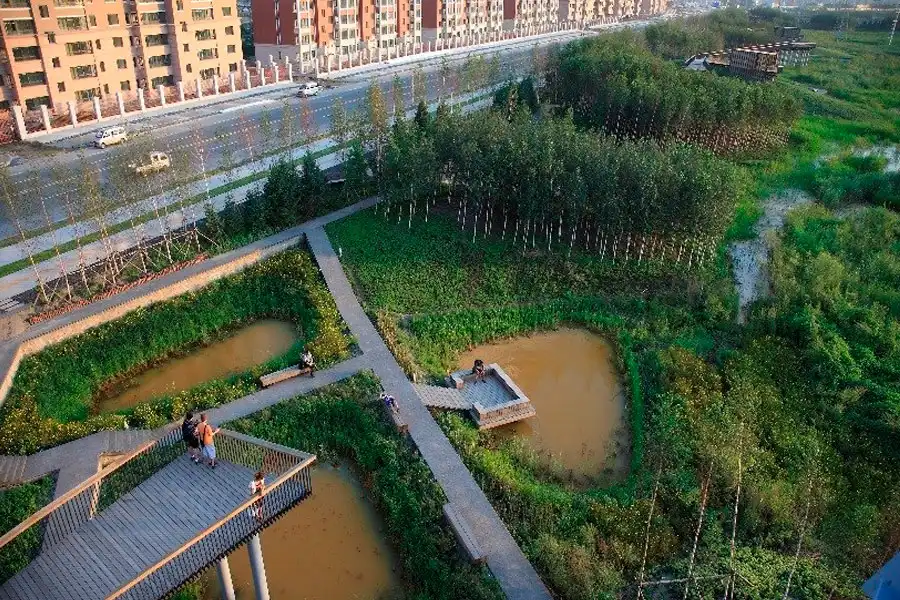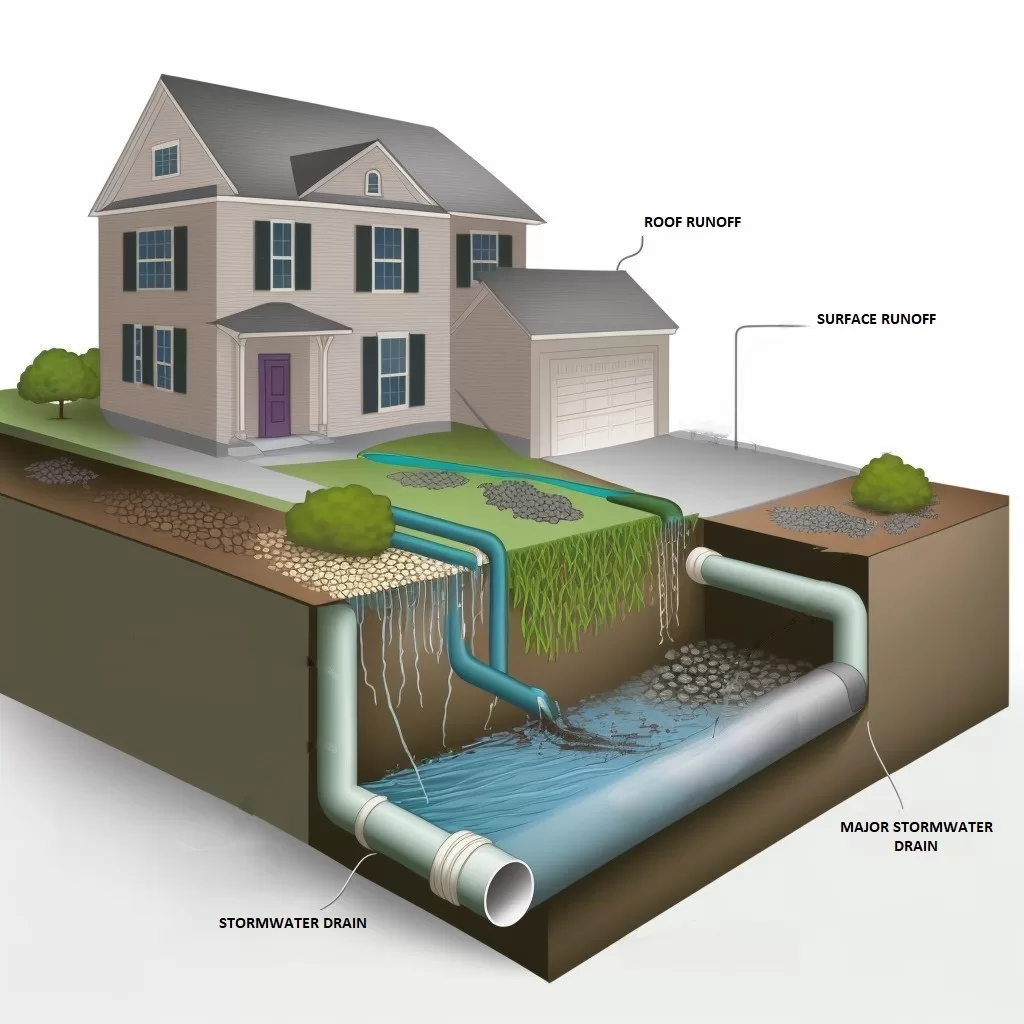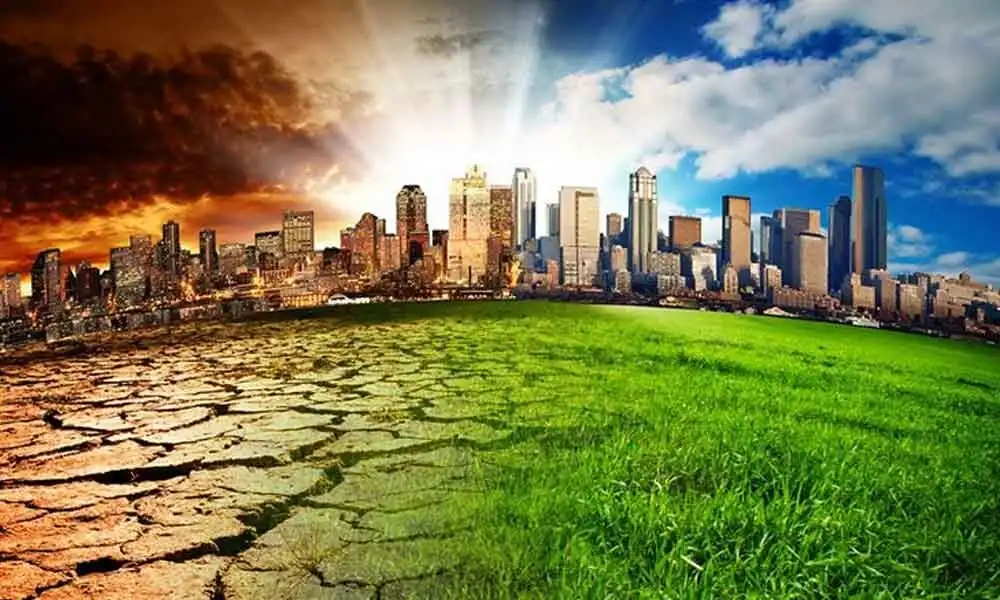Hello there! Have you ever heard of something called a “sponge city”? No, it’s not a city made entirely of sponges! Let’s dive into what this interesting concept is all about.

Imagine living in a city where heavy rains don’t cause floods, where the water from the rain is not wasted but put to good use, and where the environment is kept clean and healthy. That’s the vision behind the concept of sponge cities.

So, what exactly is a sponge city? Well, think of it like a sponge itself. Just as a sponge soaks up water, a sponge city is designed to soak up rainwater. It does this by using various techniques and technologies to manage rainwater in a sustainable way.

One of the main reasons why sponge cities are becoming increasingly important is because of climate change. Due to climate change, we’re experiencing more extreme weather events, like heavy rains and floods. Sponge cities help us adapt to these changes and protect our urban spaces.

But how do sponge cities work? Let’s break it down into simpler terms.
Rainwater Management
In a sponge city, rainwater is managed smartly. Instead of letting it run off into drains and cause floods, sponge cities have systems in place to capture, store, and use rainwater. This water can be used for various purposes like watering plants, flushing toilets, or even recreational activities like creating ponds or wetlands.

Green Spaces
Another important aspect of sponge cities is the presence of green spaces. These are areas filled with plants and trees. Green spaces help absorb rainwater, prevent soil erosion, and improve air quality. They also provide habitats for wildlife and create beautiful spaces for people to enjoy.

Permeable Surfaces
Sponge cities also have permeable surfaces, which means surfaces that allow water to seep through them instead of pooling on top. This includes things like permeable pavements, green roofs, and rain gardens. Using permeable surfaces, sponge cities can reduce surface runoff and prevent floods.

Community Involvement
Building a sponge city isn’t just about technology and infrastructure. It’s also about involving the community and raising awareness about the importance of water management and environmental sustainability. Citizens play a crucial role in maintaining and preserving sponge cities.

By now, you might be wondering why sponge cities are so important. Well, here are a few reasons:
Preventing Floods
One of the biggest advantages of sponge cities is that they help prevent floods. By managing rainwater effectively, sponge cities reduce the risk of flooding, protecting homes, businesses, and infrastructure.

Conserving Water
Sponge cities help conserve water by using rainwater in a smart and efficient way. Instead of letting it go to waste, rainwater is captured and reused, reducing the demand for freshwater from other sources.

Improving Urban Spaces
Sponge cities make urban spaces more pleasant and livable. By incorporating green spaces, permeable surfaces, and water features, sponge cities create healthier environments for people and wildlife.

Adapting to Climate Change
With climate change leading to more frequent and intense rainfall, sponge cities are essential for helping communities adapt to these changes. By managing rainwater effectively, sponge cities build resilience against floods and other climate-related risks.

In conclusion: sponge cities are a fantastic example of how innovation and sustainability can come together to create safer, greener, and more resilient urban spaces. By adopting the principles of sponge cities, we can build a better future for ourselves and for the planet.
For more interesting articles, please visit www.kidzherald.com





